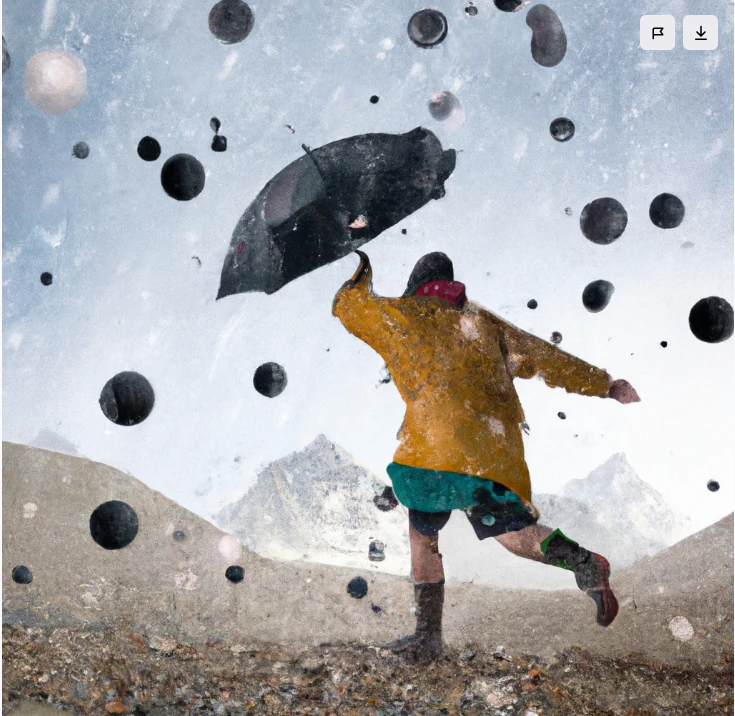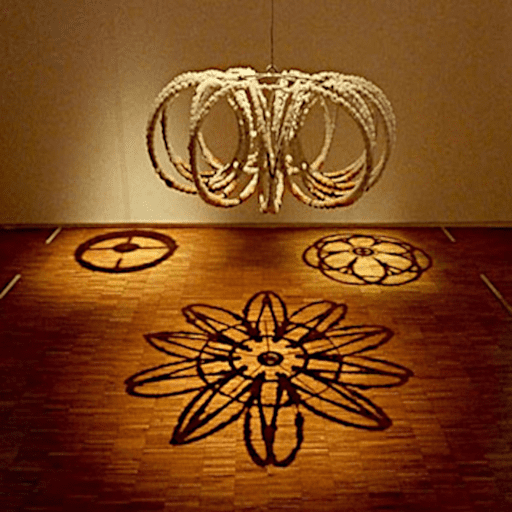
Nino Martino, Carlo Ubertone

Che caratteristiche devono avere i risultati di un esperimento per poter dare luogo alla costruzione di una legge scientifica? Che cosa vuol dire fare una astrazione e perché è importante l’astrazione nella legge scientifica?
Zuoz è un paese dell’alta Engadina, a 1800 metri d’altezza e ospita un liceo internazionale di prestigio. Vi riportiamo qui di seguito un articolo scritto dal prof. Giuseppe Milanesi, dopo il lavoro di laboratorio con i suoi studenti, perché risulta particolarmente chiaro cosa sia il metodo scientifico e come si ricava una legge fisica.
L’articolo è in … inglese. Ovvio, al liceo internazionale ci sono studenti della vostra età ma di tutti i paesi del mondo e la lingua di comunicazione è l’inglese. Non sarebbe male che imparaste bene l’inglese, nella vostra vita futura vi servirà sicuramente.
(be’ in effetti ci rendiamo conto della crudeltà nostra nel farvi vedere quanto non sappiate l’inglese. Ma provateci lo stesso, con aiuto. Se installate il plugin di firefox google translator potreste avere una versione italiana non così orribile da non capire il senso… Se poi qualcuno se la sente di scriverla possiamo pubblicarla con il suo nome e cognome nella prossima versione dell’ebook…
Nov 29 – How to report a discovery
Where we start learning what a physical law is and what we need to do to communicate it.
What happens if I hold a piece of paper in my hand and I release it opening my finger?
It falls, of course, what kind of question is this?
How do we know that? We have seen objects falling all our life, we know that objects fall, nobody can deny it.
Let’s pretend that we have never seen objects falling in our life. Never. Nobody has seen an object falling in his or her life. Ever. Clear?
What happens if I hold a piece of paper and I open my finger?
It falls! You may say, but remember, you have never ever seen anything falling. How do you know if an objects falls?
If we have never witnessed a similar event, we can only formulate an hypothesis about what’s going to happen. How can we justify our hypothesis?
This is the first phenomenon we observe, so we cannot even try to support our claim using some previous knowledge. All hypotheses are equally good.
You may say it falls, or you may say it takes off, or it flies away. Anything is good.
How do we decide who is right? There is only one thing to do: hold the piece of paper and release it. We need to do the experiment.
I hold the piece of paper and release it. It falls. Since nobody has ever seen anything falling, at least someone should be surprised.
What happens if I do it again? Will the piece of paper fall again? Who knows? We have seen paper falling only once in our life, how do we know it wasn’t by chance, and in general they can do all sort of crazy things?
Let’s do the experiment again. It falls again.
We can do it as many times as we want, any object will fall.
We can formulate our…
First Physical Law
Objects fall
A great discovery.
How do they fall? If I hold and release two objects, will they touch the ground at the same time?
We do the experiment with two carefully shrivelled up paper sheets of different size. They look similar in my hands, but we know one is heavier than the other one, and so it looks bigger. Which one will touch the ground first?
Someone says the heavier, someone remembers to have been told about an experiment in which objects were dropped from the leaning tower of Pisa and touched the ground at the same time, so he says that they will touch the ground at the same time…
Again, we have to try to do the experiment. The heavier arrives second. We redo the experiment, it still arrives second. This looks puzzling.
Someone anyway suggests that being bigger, and not as carefully shrivelled up as the smaller one, the larger paper sheet encounters a higher air resistance and thus falls slowlier. It seems a reasonable observation. Let’s try to give to both objects the same shape and repeat the experiment.
They seem to touch the ground at the same time, every time we dropped them.
We seem to be ready to formulate our…
Second Physical Law
The mass of a falling object doesn’t have any effect on the time it needs to hit the ground
Actually, we have tried this in only one simple case: two paper sheets of different size… Is this enough to formulate a physical law? We will get back at this next time.
In the process of formulating our Second Physical Law, we have also noticed that a wide open paper will be slower than a carefully shrivelled up one, and we may change the falling time by changing the shape of the paper. Here comes our…
Third Physical Law
The shape of a falling objects changes the time it takes to hit the ground
Now the teacher needs some help from the class. Nikita is in Argentina and she asked to be updated about the topics of our classes. We need to inform her as carefully as possible. She needs to repeat the experiments we have made and come to similar conclusions. We have to instruct her.
Soon, you will conduct an experiment on your own, and the teacher will ask you to write a report of the experiment. This report will have to be a careful description of how you conducted the experiment and will have to put the reader in the position of being able to reproduce exactly what you did. It’s like a recipe: if you have cooked a wonderful cake and you want to share your recipe with someone else, you want to do it so that he or she can make a cake which is identical to yours.
What is the first thing you need to include in your recipe? The ingredients of course.
The ingredients of a scientific experiment is what you need to perform it. It’s called the…
Material
After you have listed what you need, you should say how to use those objects to perform your experiment. It is called the
Method
We need to be sure that Nikita replicates exactly our experiment with several pieces of paper. But she is probably somewhere around the sea level in Argentina, here we are at 1800 meters above the sea level, would that matter? The temperature will also be different, as it is summer now in the southern hemisphere… and maybe she’d like to do her experiment outside, where there may be gusts of wind. She’d better do her experiment inside, and keep the windows closed, as someone suggests.
Someone else is ready to swear that if Nikita repeats our experiment, although she is not in the mountains, and she is on the other side of the Earth, maybe being careful about being inside and not outside, where the wind may fool us, she will get exactly the same results.
Exactly? Really? Exactly the same?
Let’s give it a try. Now three students measure the time taken for the shrivelled up paper in my left hand to touch the ground, and three other students will do the same with the other paper.
We find that, although it looks like they fall simultaneously, we actually get 6 different numbers: 0.31, 0.36, 0.41, 0.37, 0.32, 0.29 second… so, not even we are able to obtain exactly the same data, how could Nikita?
Our data miss something by the way… we have always said that every measurement is an interval, not a number so we need to decide what are the intervals we are talking about when we read those numbers on our stopwatches.
We quickly understand that something is connected with our human reaction time, which, thanks to a special device, we are able to estimate between 0.10 and 0.25 seconds. It will be our uncertainty.
Since we are doing science here, we need something concrete to talk about, the measurements, like the falling time of the objects. They are very important and it’s very important to understand what we measure (the falling time) and what we keep constant (the temperature, the altitude, what else?). We need to this correctly identify the
Variables
and afterwards collect and present our…
Data Collection
…and they must be completed with their units of measurements and the uncertainties. If we report to Nikita that the time taken by the piece of paper to fall is 0.31, she may ask 0.31 what? milliseconds? minutes? hours? years? and she certainly remembers that every measurement is an interval, so she may ask, what is the interval we are talking about when you tell me 0.31 seconds?
Eventually, after having presented your data and maybe done some
Data Processing
on those (we will deepen this aspect in the future), we will have to draw some sensible…
Conclusions
For example, if you vary many times the mass of the falling object and you always record the same falling time, you may some that the falling time does not depend on the mass. That would be a reasonable conclusion if the data support it. It is fundamental that your conclusion is supported by the data, otherwise, what are you talking about? We are doing science here, and we speak through the data.
Finally, you can take some time to look back at what you did, what went wrong and what went well, or how you could have improved your experiment. This means doing an
Evaluation
of your lab experiment.
There is one more thing which is missing in your lab report. You should at first state clearly what you are trying to do, what is your
Aim
what
Research Question
you are trying to answer, and of course a
Title
So, how your lab report should look like
- Title
- Aim
- Research Question
- Material
- Method
- Data collection
- Data processing
- Conclusions
- Evaluation
Piano complessivo:
Alla ricerca del metodo
la misura di una area di forma irregolare – Premessa
la misura di una area di forma irregolare – Laboratorio
la misura di una area di forma irregolare – Elaborazione misure
oggetti che cadono e metodo scientifico
gli oggetti cadono anche a Zuoz (Svizzera)
Osservare e studiare l’oscillazione di un pendolo
il pendolo in laboratorio
Il pendolo in laboratorio – punto della situazione
Prima o poi arriveremo da qualche parte
Trattamento dati con excell
Teoria e link vari
Il fenomeno dell’elasticità prima lezione
il fenomeno dell’elasticità report di laboratorio
il fenomeno dell’elasticità e le grandezze proporzionali
gli elastici sono veramente elastici?
… e via via altro ancora…


Lascia un commento